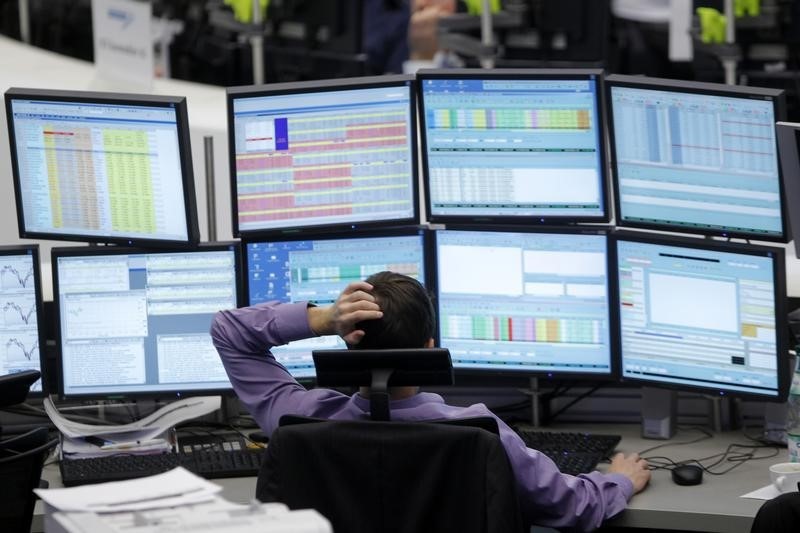 © Reuters.
© Reuters. BELGRADE (Reuters) – Parliament adopted Serbia’s budget for next year on Friday, projecting growth at 2.5% of national output and a 3.3% deficit, down from 3.9% set for 2022, as the country struggles with a crisis stemming from war in Ukraine.
The spending plan sets revenues at 1,843.4 billion dinars ($16.61 billion) and expenditures at 2,107.4 billion dinars.
The deficit would be covered by borrowing at home and abroad, while public debt is expected to be aroud 56.1% of gross domestic product (GDP).
Prime Minister Ana Brnabic said the budget, approved by 156 deputies in the 250-seat parliament, has been tailored to safeguard fiscal stability and living standards.
“We will continue to fight for constant raises of (public sector) wages and pensions,” Brnabic told parliament.
The spending plan also envisions allocation of 6.8% of total funds for capital investments, mainly in infrastructure.
The budget sees economic 2023 growth at 2.5%, same as in 2022. Last month the International Monetary Fund said it expects Serbia’s economy to grow by 2.25% next year.
Last month, Serbia and the IMF agreed over a two-year 2.4 billion euro ($422.08 million) loan-deal to help it absorb the impact of a global economic slowdown triggered by the war in Ukraine.
The government’s Fiscal Council advisory body warned that expenditures for the finacing of loss-making state-run EPS power utility and the Srbijagas gas retailer set at 1.8% of GDP are too high.
“The burning problems of Serbia’s public finances are … catastrophically bad operations of EPS and the losses of Srbijagas,” the council said in its review.
Serbia is entirely dependent on Russian gas, and its NIS oil monopoly is owned by Gazpromneft and Gazprom (MCX:).
The EPS suffers from decades of mismanagement, mainly in its coal-fired power plants which generate around 70% of electricity in the country.
($1 = 110.9800 Serbian dinars)
($1 = 0.9477 euros)

